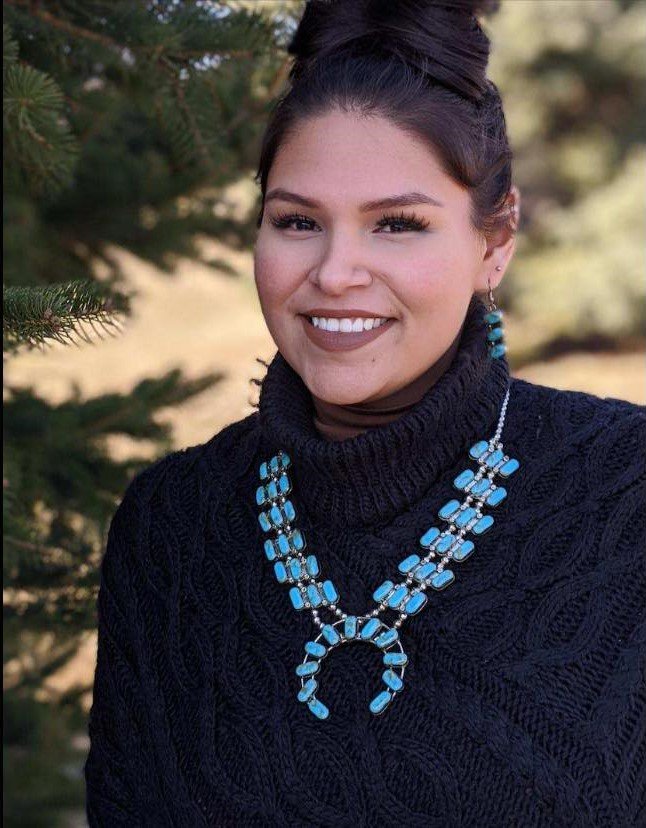Tribal Mitigation
The Problem: Federal and state policies present barriers to Tribal participation in compensatory mitigation.
Environmental impacts around the globe are destroying more than natural resources and land for Tribes; they also impact tribal cultural resources and their traditional ways of life. As first stewards of the land and water, tribes inherently possess the traditional ecological knowledge to aid in innovative natural resource restoration and conservation efforts. Tribes are a good fit for conservation because they possess large areas of land (i.e., reservations) that remains largely untouched by western influence and generally have the means to restore the damaged resources that have been influenced.
Tribes are a part of the solution to climate change and landscape scale restoration. However, in order for tribes to have an impact, they first have to be included as a sovereign nation to engage in mitigation projects. Current environmental policy will need to be inclusive, recognizing tribes as governments and allow tribes the discretion to implement and enforce environmental and restoration policy within their territories.
Since President Joe Biden took office in January 2021, it has been exciting to witness an unprecedented level of Tribal inclusion in several Biden Administration initiatives. Not only was a Tribe’s ability to put land into trust reinstated, the Administration recognized the importance of the Nation-to-Nation relationship with Tribes. This recognition led to the updating of Tribal Consultation policies by federal agencies; two Tribal Nations summits hosted by the Department of Interior, which gave Tribal leaders a chance to voice their concerns to the the top representatives for Indian Affairs; a much deserved recognition of the importance of utilizing Traditional Ecological Knowledge (“Native Science”), as well as implementation of it; and the continued effort to support Tribally led conservation and deliver funding opportunities to Tribal efforts on conservation, climate change initiatives and much more. Additionally, the America the Beautiful Challenge was a historic investment in the lands and waters of the U.S. Along with others, it charged Tribal leaders to work in unity to achieve conservation success and benefits across the country. Several key highlights for Tribes in the America the Beautiful Challenge include major support for Tribally led conservation and restoration priorities, co-stewardship of public lands and waters, taking steps to improve the Fee-to-Trust policy for Tribes, protection of Tribal treaty rights and sacred sites and numerous opportunities for grants and funding to aid Tribes in the restoration and protection of natural resources. Tribes are a vital piece of the puzzle in achieving U.S. conservation, they just need to be given the equal opportunity to contribute. Please follow the links for additional information on the timeline.
The Solution: Updating regulations and processes.
We focus on identifying ways federal and tribal policies can better support tribes’ opportunity to lead ecological restoration projects--and have those projects serve as economic assets by making sure they can be used as offsets under federal programs like wetland mitigation banking. We believe that tribes should take advantage of the economic development benefits of mitigation banking while structuring the development of the bank to serve tribal sovereignty and promote natural resource mitigation.













